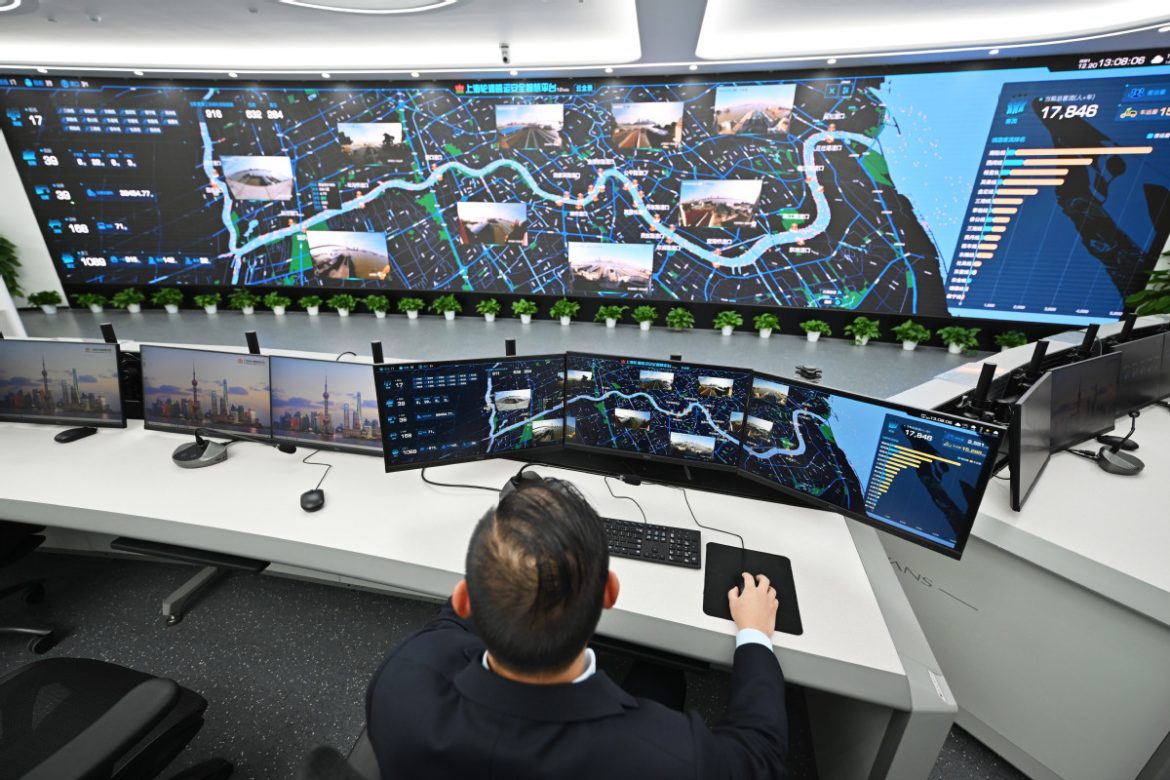The digital world depends on computing power, which is an indispensable commodity in this century. It shapes our digital world and national economy. Competition for computing power is now interest-driven. It is a crucial domain to influence global influences. Yu Yang, an assistant professor at Tsinghua University, believes that the major factor behind this trend is exponential growth of innovation. He believes that it is crucial for nations to boost their computing power to become more competitive in the digital world.
China’s massive project will create huge business opportunities for the private sector. However, there are certain challenges associated with the development of computing power markets. China’s massive project will require significant improvements in government laws and regulations to ensure that equal access to computing power is ensured. The single market-oriented pricing mechanism is not enough for achieving this. Governments must step in to design and price computing power to achieve a level playing field for all.
China attaches great importance to the development of computing power. It has proposed a national computing power network, and it has launched the “eastern data, western compute” project to build a nationwide computing power network system. The development of computing power in China is now advancing at an unprecedented pace, with Beijing-Tianjin-Hebei, Guangdong-Hong Kong-Macau Greater Bay Area and the Yangtze River Delta leading the way.
The white paper outlines the development of computing power in China. It also introduces a system of indicators to measure computing power development in the country. It discusses global trends, the role of computing power in driving economic growth, and the current level of computing power in each Chinese province. It also provides guidance to local authorities on how to promote the development of computing power technology, including infrastructure construction, and application in industry and society. There are also three key areas of development that can help China become a leader in computing power technology.
As computing power gains popularity, a chain of industry and infrastructure must be developed in mainland China. It must be supported by various stakeholders in the computing power industry, from infrastructure construction to software development and application. The industry chain should be open and iterative, and a large development space must be released to allow for new innovations. A good development ecosystem is the key to the success of computing power applications. It should not be regarded as a “silver bullet” for the mainland.
A good example of this is the Apollo Guidance Computer, which was an onboard piece of spacecraft and had a clock speed of only two MHz. It had ram for around 2000 variables, and 36,000 read-only storage values. Modern computers are a few times more powerful than the Apollo Guidance Computer, but they cost only pennies apiece when bought in bulk. Clearly, the future of computing power is bright.




